Mention the destination “Sicily” and you’ll get tips on the best viewing point of Mt Etna, a wisecrack about the Godfather or plainly get asked: “is it safe?”. Stereotypes and misconceptions aside, the ball being kicked by the boot that is Italy is worthy of your time. So, here’s what I recommend you do… simply go!!!
Palermo
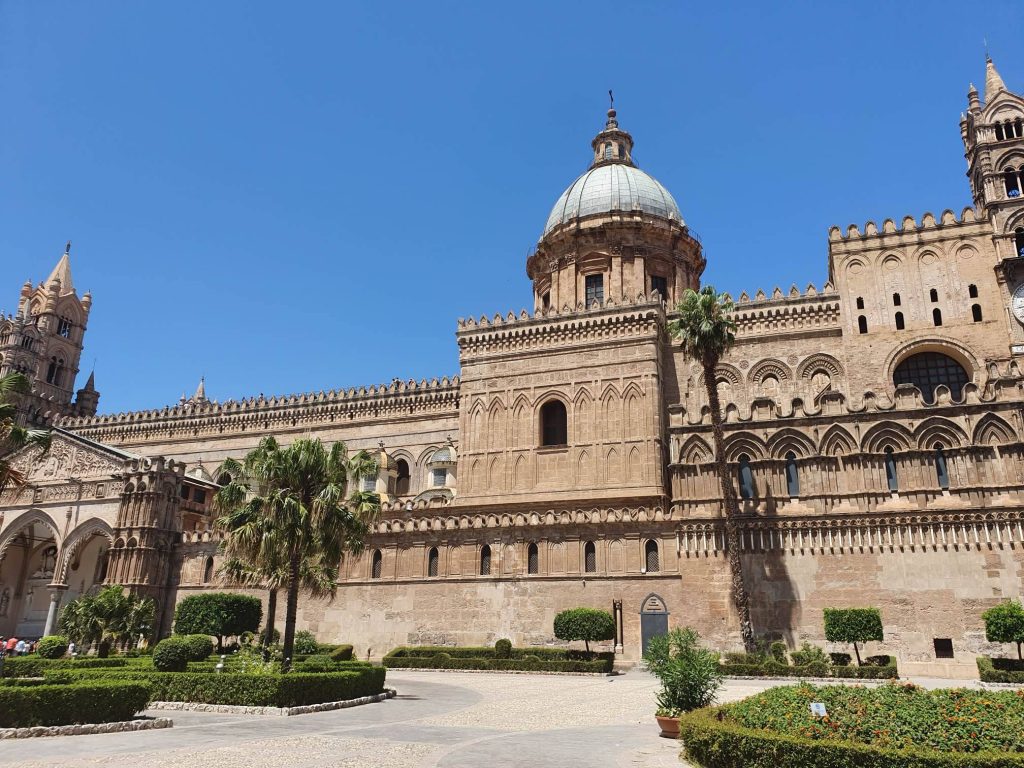
The ancient capital of Palermo is the main entry point by plane. It’s located 45 minutes away from the centre of Palermo and is well connected with an affordable airport shuttle bus that runs daily for 7 Euros.
Palermo is known to most historians as the most conquered city in the world. It seems that countless powerful cultures have held positions in this area stretching out for thousands of years.
Romans, Greeks, Arabs, Phoenicians, and Spaniards have all called this region home throughout the ages.
Known as the city of churches, architecture and history buffs will pound the cobblestone pavement with joy. The major landmarks which are flanked by tourists and lines of cruise-ship passengers are:
- Palermo Cathedral
- Piazza Pretoria
- Quattro Canti
Now beware, Palermo in the peak summer period of August is hot. The sun is strong, the streets permeate heat and are crowded with tourists from everywhere in the world.
Therefore, take your time to break up what you want to see in bite-size pieces to allow for casual hours spent in family-run cafes and osterias in small piazzas and even tinier back streets. Sit back, watch the world glide by and refresh yourself with a lemon granita.
The other option is to escape the city centre altogether and head for the beach. North of the city hipsters and families can be found at Mondello. You will find some of the best clubs, shops, and restaurants here that rival anywhere else in all of Sicily.
Take a moment to check out the old bathhouse (a city landmark) and the marina for some amazing sights.
Trapani
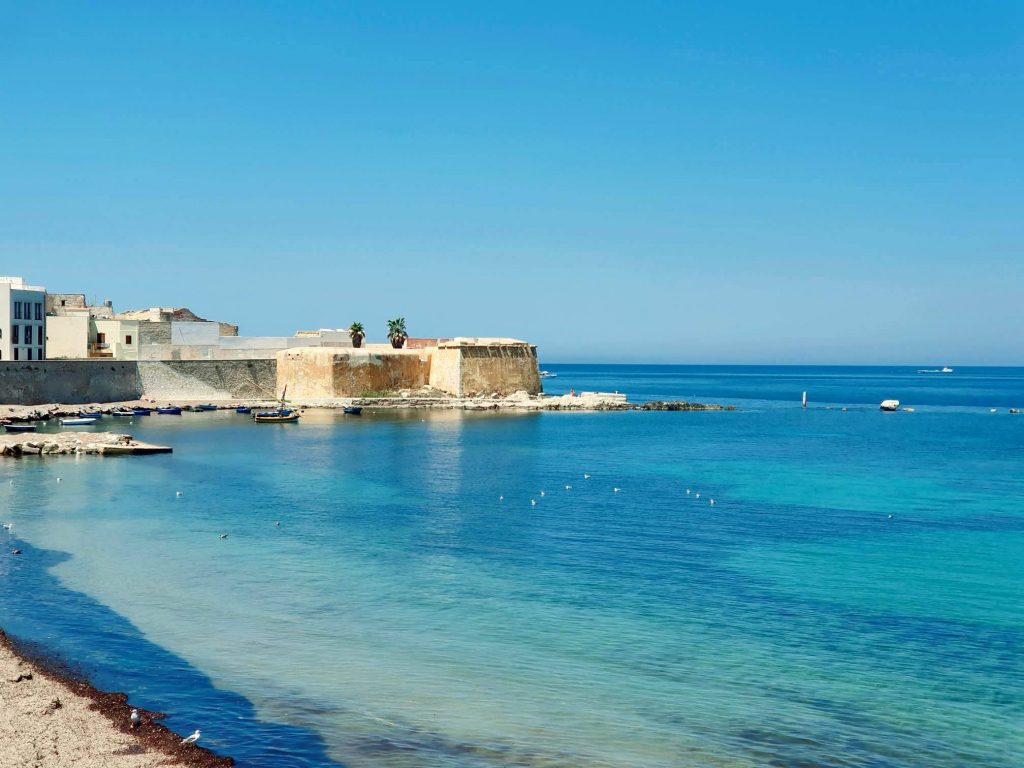
The west-coast township of Trapani and Erice in Sicily needs more promotion and international love. Having said that, kudos to retaining its historical and cultural charm in times of mass tourism and hotel development.
Despite the many recommendations we had to enjoy the more touristy beaches of Taormina and Messina on the East Coast, we were attracted to the unique history, gastronomy and natural beauty of the region around Trapani.
Trapani was once an important port connecting Ancient Rome to Africa, the Greek-influenced Egadi Islands, and mainland Italy. Tunisia is only 40km away by the sea, and Marsala, the home of the sweet dessert wine, is just 17km by car.
Therefore, it was a crossroad of cultures and flavours. It’s only here where you can order a seafood couscous with pistachio pesto, grilled sardines stuffed with almonds and raisins, pasta busiata alla Trapanese and sample some of the best desserts on the island.
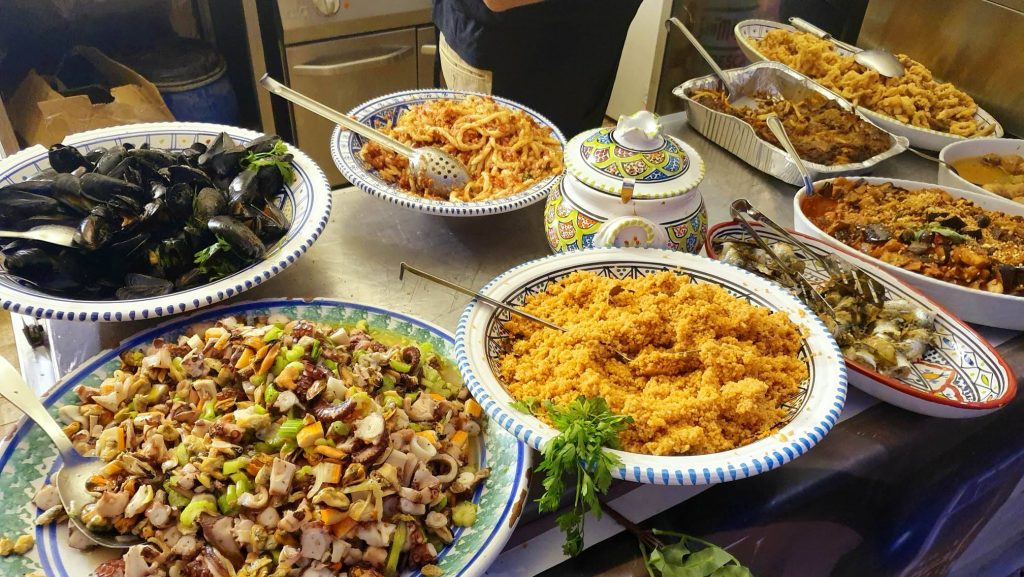
At night, it’s all about parading down Corso Vittorio Emmanuele looking sunkissed and sexy. The accessory of choice is gelato or aperitivo like an Aperol Spritz, pre or post the evening stroll.
Nightowls can be found in the tiny labyrinth of streets around Via Magistrale with known drinking holes such as Bar Frida or Emu, where often the party spills into the streets in the after hours.
Recovery from the night before takes place at one of the fashionable lidos that dot the coast between Trapani and Erice. Top up your tan, and catch up on your zzz’s on a sun chair facing the azure blue sea. Locals recommended Sun Club to us but we preferred Nais Beach Club which is next door, looked better and is more affordable.
The coastline from here to San Vito Lo Capo and Scopello is absolutely stunning – a real must-see and explore but first hire a car to get around the tricky, winding roads and mountains.
Favignana
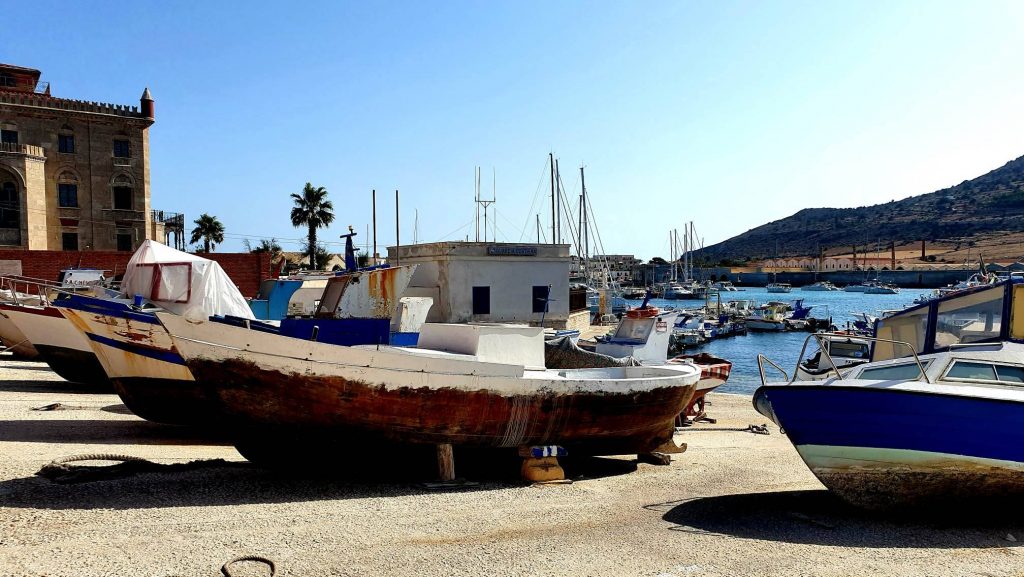
Lying some 15km off the coast of Trapani, it is a popular holiday destination in the summer months, largely thanks to the crystalline azure waters of bays such as Cala Rossa.
Favignana is the largest island belonging to the Egadi islands that consist of Levanzo and Maretimmo that dot the coast of Trapani.
It’s a short ferry ride that takes appropriately 40 minutes and costs 20 Euros return. We were lured by the number of blue grottos for swimming, snorkelling options and its appearance of a typical Greek island. Imagine white small buildings, fishing boats and sparkling blue sea.
The main town, also known as Favignana, has a small port and is dominated by the Fort of Santa Caterina, originally built by the Arabs as a watchtower, subsequently enlarged by the Normans and later used as a prison by the Bourbon Kings. With its two piazzas, its pedestrianised streets and its lovely sandy beach, Favignana Town has an easy, unpretentious charm and a relaxing atmosphere.
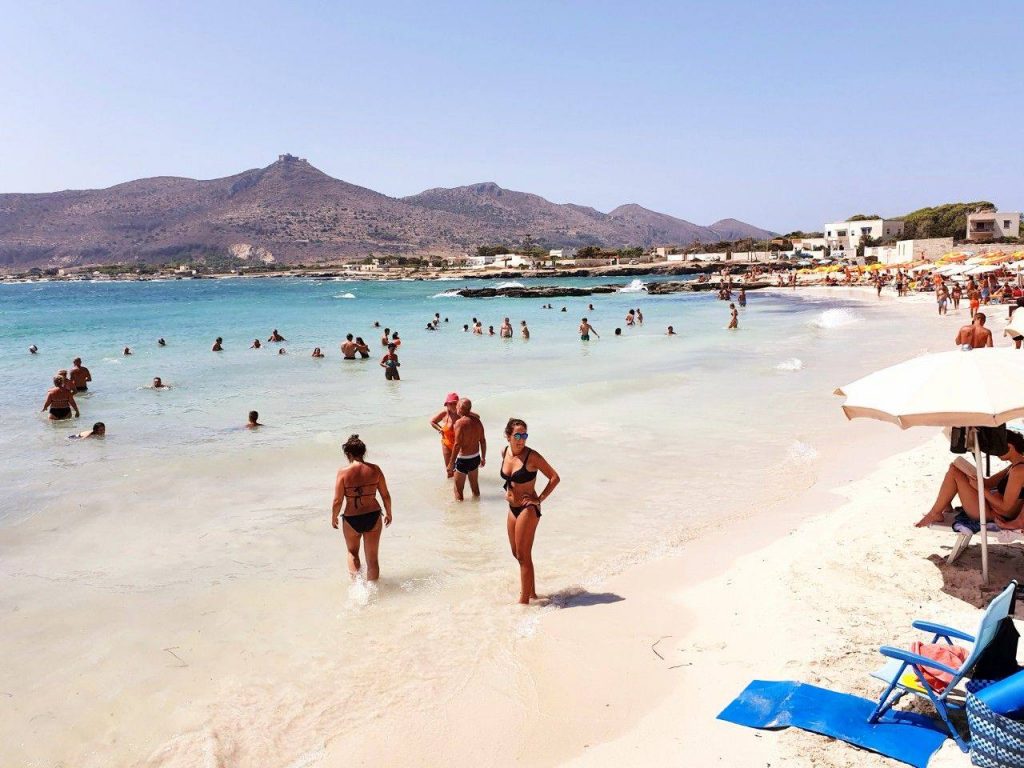
History aside, it’s the pristine beaches and swimming options that attract those in the know. A popular choice by car is Cala Azzuri and Lido Burrone.
Exploring by boat is really the better option as it allows you into spots normally not accessible on foot or car. Daily tour boats are available from Trapani costing approximately 40 Euros for a full day of sailing and swimming at both Levanzo and Favignana and includes lunch.
Overall the island is very quaint and the beaches rugged and rocky. So if you are looking for a pumping party island, this is not the place for that. The party scene in Sicily is simple. Less about DJs and dancing, more about people watching, chatting and enjoying a mojito or negroni at sunset.
We were happy to have discovered the secret side of Sicily and hope to return soon to explore more of the coastal towns such as Castellammare del Golfo. The people were so welcoming, the food amazing and la dolce vita contagious.
Stay tuned for the next travel blog which will take you to the Canary Islands in Spain.
